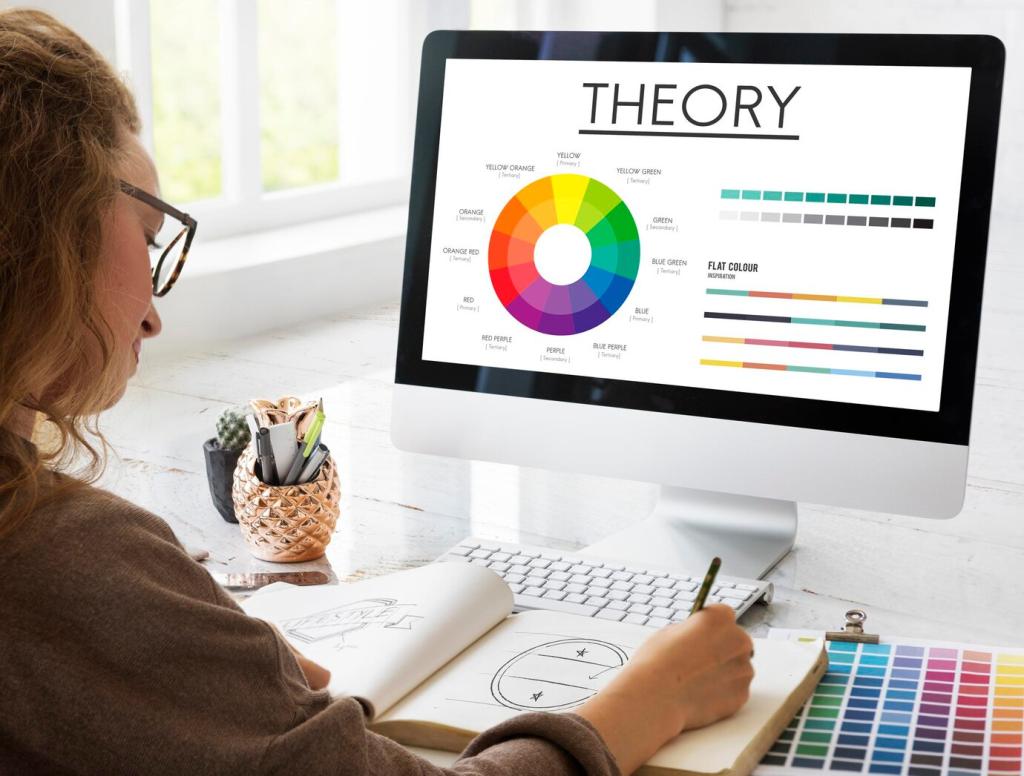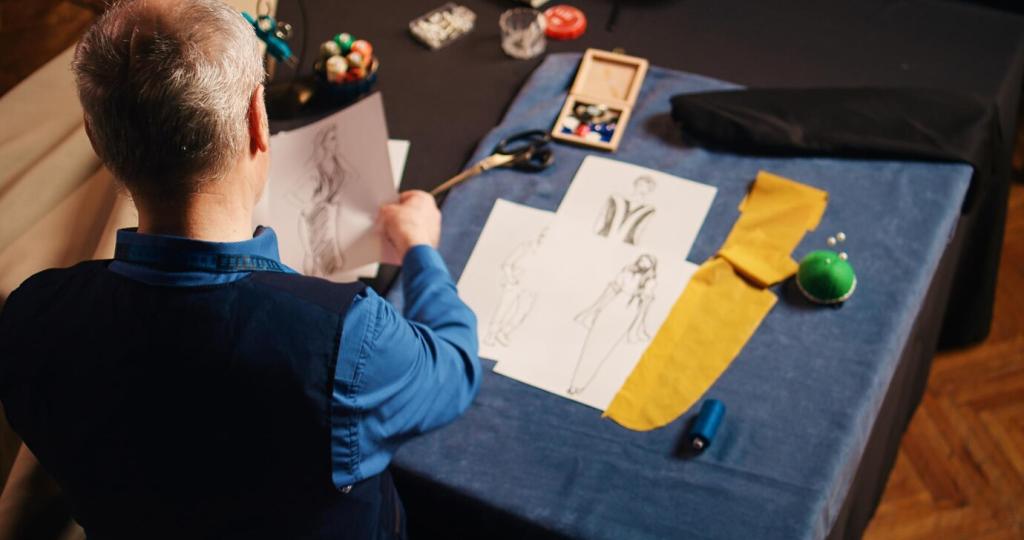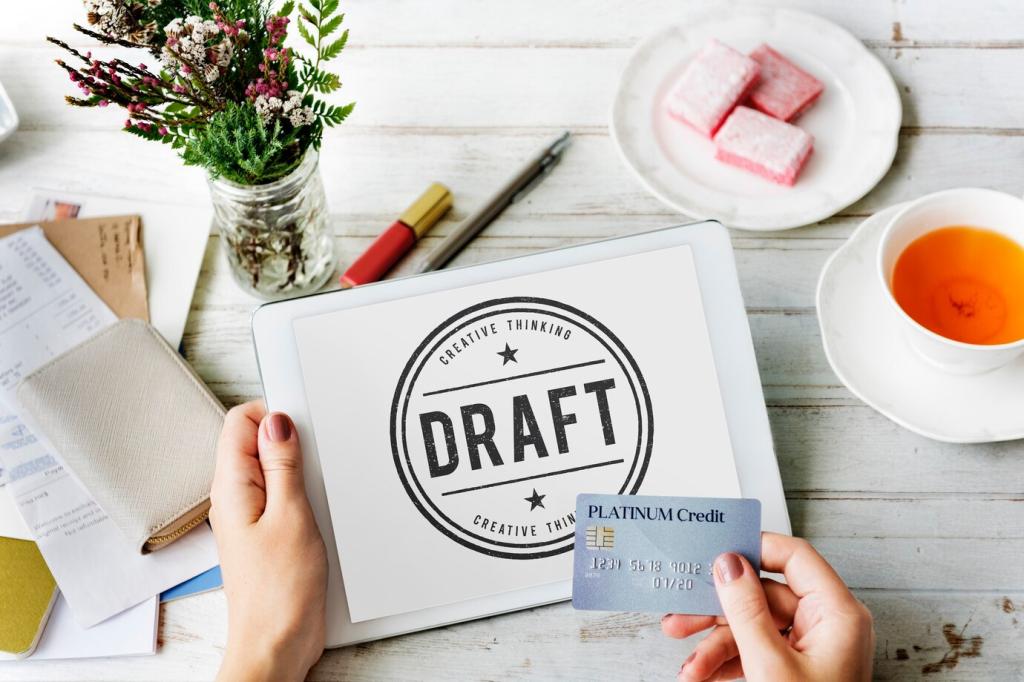Case Study 2: Product Descriptions That Reduced Returns and Lifted Revenue
Shoppers couldn’t imagine how items would feel or fit. Dimensions existed, but lacked comparisons, while materials were named, not explained. The result was expectation gaps and post-purchase regret, especially for pieces with tactile finishes.
Case Study 2: Product Descriptions That Reduced Returns and Lifted Revenue
Every description added sensory verbs, lifestyle vignettes, and fit notes, like knee clearance or rug placement guides. We layered in user care tips, weight thresholds, and realistic color notes under daylight, warm bulbs, and cloudy afternoons.








